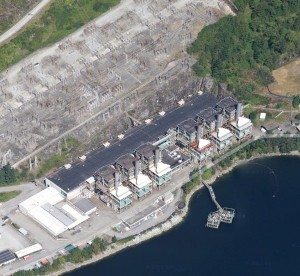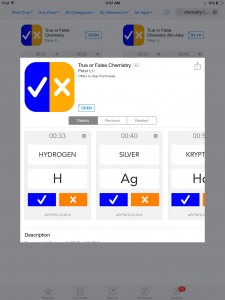Electricity Generation
Hydroelectric Generation:
Hydroelectric power is electricity generated by the force of water. It is a very reliable and well used source of power as it produces 95% of British Columbia’s electricity. The way it works is the water that is trapped behind the dam is forced down into a penstock. The water then creates enough force to spin the turbines which creates the electricity. The electricity is then sent up to the generating station and is distributed where it is needed. The water used in this process is sent back to a river or lake. This way of creating energy is very good because it has no pollution (eco friendly), it is renewable as it reuses the water and it produces a lot of power. Although it may seem like a flawless way of producing electricity; it still has some disadvantages. A hydroelectric dam is very expensive to build and maintain, it requires a lot of construction and also takes up a lot of space. You also must flood the area behind the dam in order to create the right force which takes a effect on the ecosystem. Hydroelectric power is still a very good way of making energy.
Thermal Generation:
Thermal generation power involves the heating of gases or water. This form of energy creating is not used as much. It is used under 5% of the time in British Columbia. The power is created by heating gases or water creating a steam. The steam then comes up and causes the turbines to spin which creates the power. Thermal generation is good because the fuels used to create the electricity are common and simple to get, it is also is cheaper the hydroelectric dams and takes up less space then them too. This form of energy isn’t always good because you cannot renew the fuel and the fuel can create pollution. It is also quite dangerous because the fuel can be explosive.
Electricity Transmission
The transporting of electricity can be pretty dangerous due to it’s extreme amount of power that it is transmitting, but it is relatively easy to transport. The electricity starts starts at the generating station (hydro dam or thermal plant). It is then sent to a step up transformer that increases the voltage in the electricity produced. The power is sent across huge towers that take the power to a step down sub-station transformer which reduces the voltage to a safe amount that can pass through a city. The electricity again travels to another step down transformer called a distribution station which again lowers the voltage that is a safe to be distributed to our homes.
Citations:








